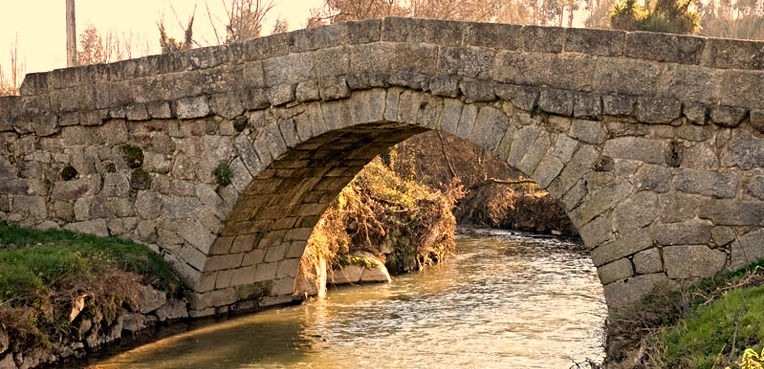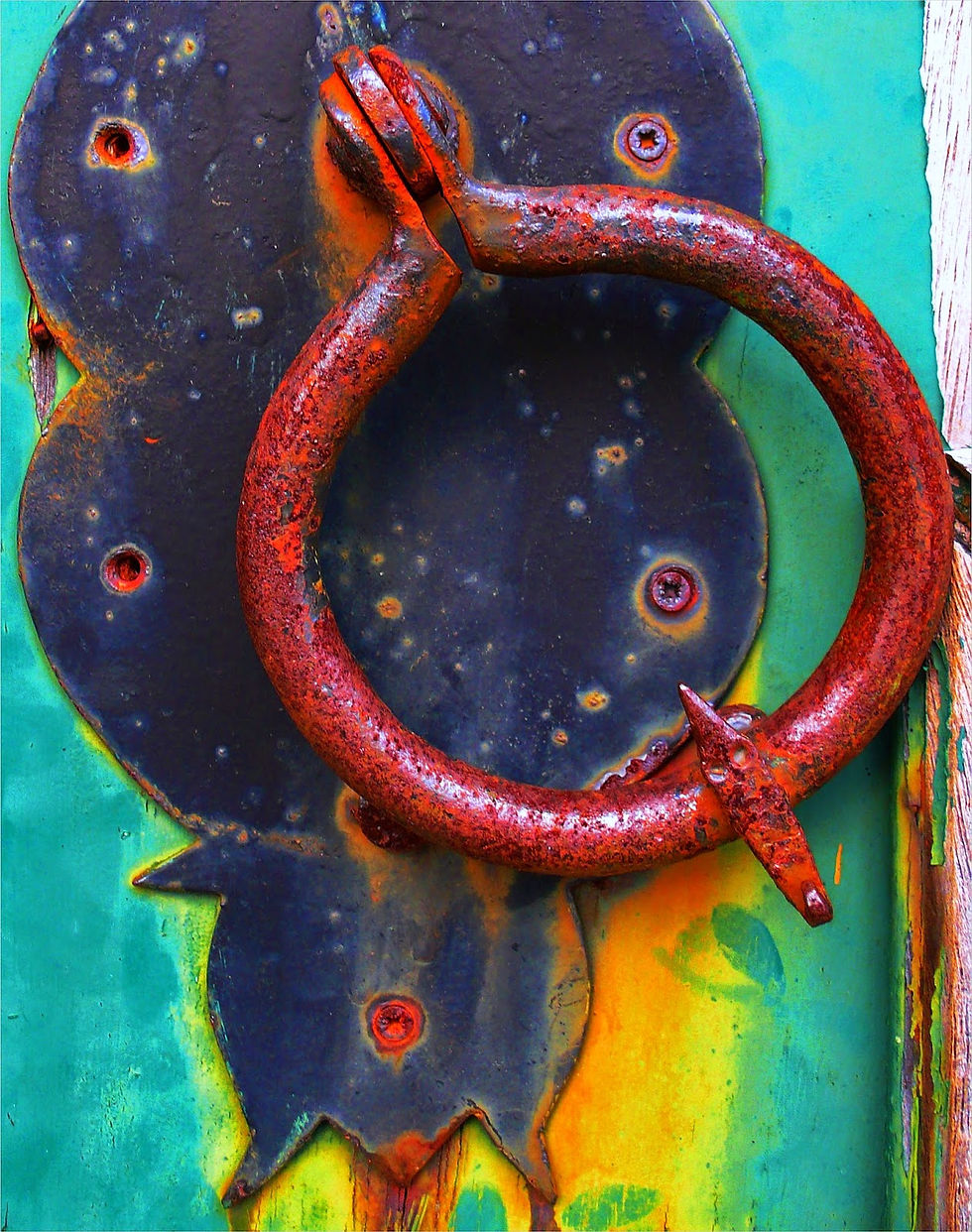
A história de Bustelo mistura-se com a de Penafiel onde se cruzavam pessoas e mercadorias naquela que era uma das primeiras estradas reais da época medieval que ligava o Porto ao Douro e a Trás os Montes.
Esta freguesia conta com 1676 habitantes e uma área de 6,3 Km2. Embora uma zona rural, com agricultura maioritariamente de subsistência, os seus habitantes fazem a vida do dia a dia na cidade de Penafiel e Lousada, devido à proximidade destes centros urbanos.
O ex-libris desta povoação é o Mosteiro de Bustelo, do estilo Barroco, fundado no século X, provavelmente 1065. Este foi reconstruído em 1633 e foi um mosteiro beneditino até 1834, data em que a Ordem foi extinta. É possível ainda conhecer alguns monumentos locais como a Ponte de Espindo, da Rota do Românico, e o Solar de Cabanelas com o seu jardim e fonte do séc. XVIII.
A festividade local é a Festa da Nossa Senhora da Saúde na segunda feira a seguir à Páscoa e se o tempo permite é comum levar o farnel e estender a manta no campo com a família.
explore os arredores
explore the surroundings
Algumas sugestões a conhecer perto de nós..."
Extremamente rica do ponto de vista patrimonial e etnográfico, a cidade de Penafiel brinda-nos com um centro histórico recuperado e muito acolhedor.
De destacar o Sameiro com uma vista fabulosa sobre o Vale do Sousa e o Museu Municipal de Penafiel - fundado em 1948, com o prémio de Melhor Museu Português em 2010 e Melhor Site em 2012
Extremely rich from the patrimonial and ethnographic point of view, the city of Penafiel offers us a restored historical center and very welcoming.
To note is the Sameiro with a fabulous view over the Sousa valley and the Municipal Museum of Penafiel - founded in 1948, with the prize of Best Portuguese Museum in 2010 and Best Web Site in 2012
Penafiel, com as suas vinte e oito freguesias distribuídas por 212,82 km2, tem cerca de 72.300 habitantes e é considerada a segunda cidade mais antiga do distrito do Porto.
Penafiel, with its twenty-eight parishes distributed by 212.82 km2, has about 72,300 inhabitants and is considered the second oldest city in the district of Porto.
Com a Carta Foral de 1519, dada por D. Manuel I, Penafiel era conhecida como Vila de Arrifana de Sousa. Durante o reinado de D. José I (1750-1777), foi-lhe concedida a Carta Régia a 3 de Março de 1770, vendo a sua designação alterada para Penafiel, sendo elevada a cidade.
With the Charter of 1519, given by D. Manuel I, Penafiel was known as the village of Arrifana de Sousa. During the reign of D. Jose I (1750-1777), it was granted the Royal Charter on March 3th 1770, therefore being elevated to city and since then designated as Penafiel.





Autor: Alcino Sousa - http://alcinoray.blogspot.pt/

Autor: Alcino Sousa - http://alcinoray.blogspot.pt/

Autor: Alcino Sousa - http://alcinoray.blogspot.pt/

Autor: Alcino Sousa - http://alcinoray.blogspot.pt/
Ainda em Bustelo é possível fazer caminhadas, Geocaching, passeios de btt, passeios fotográficos e apreciar a beleza natural e edificada da freguesia. O novo polidesportivo, a 150m da casa, oferece também a possibilidade da prática de desportos de campo e a Casa de Portas disponibiliza gratuitamente artigos desportivos para o efeito - bolas, raquetes de tenis e badminton, entre outros.
In Bustelo is also possible to go hiking, Geocaching, to do mountain biking tours, photographic tours and enjoy the natural and edified local charm. The new sports center at 150m also offers the possibility to practice outdoor pitch sports and the Casa de Portas provides free sports items for this purpose - balls, tennis and badminton rackets, among others.
Bustelo - Fotos pela objetiva e olhar de Alcino Sousa - http://alcinoray.blogspot.pt/
Bustelo - Photos by the objective and look of Alcino Sousa - http://alcinoray.blogspot.pt/
The history of Bustelo is mixed with the one of Penafiel with the crossing of people and goods in what was one of the first royal roads of medieval times that connected Porto to Douro and Trás os Montes.
This locality has 1676 inhabitants and an area of 6.3 km2. Although a rural area, with mostly subsistence agriculture, the residents make his living in the city of Penafiel and Lousada due to the proximity of these urban centers.
The ex-libris of this village is the Bustelo Monastery, from Baroque style founded in the 10th century, probably 1065. It was rebuilt in 1633 and was a Benedictine monastery until 1834, when the Order was extinguished. You can also meet some local landmarks such as the Espindo Bridge, the Românico Route, and the mansion-house of Cabanelas with its garden and the 18th century. fountain.
The local festival is the Nossa Senhora da Saúde (Lady Good Health) in the Monday after Sunday Easter and if the weather permits it is common to have a picnik with the family.









